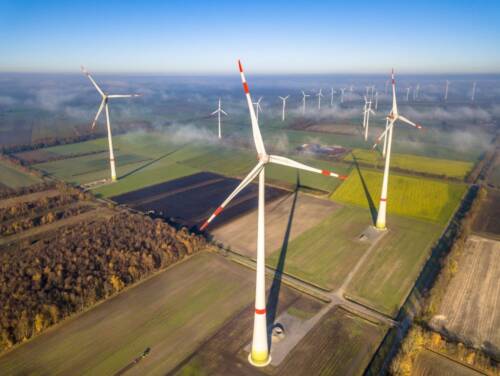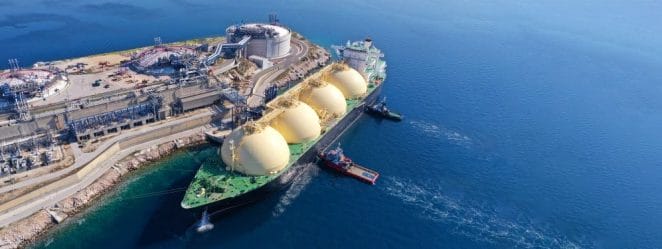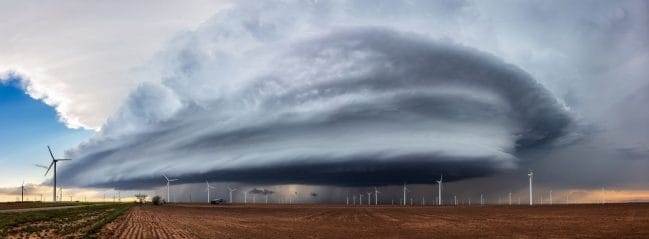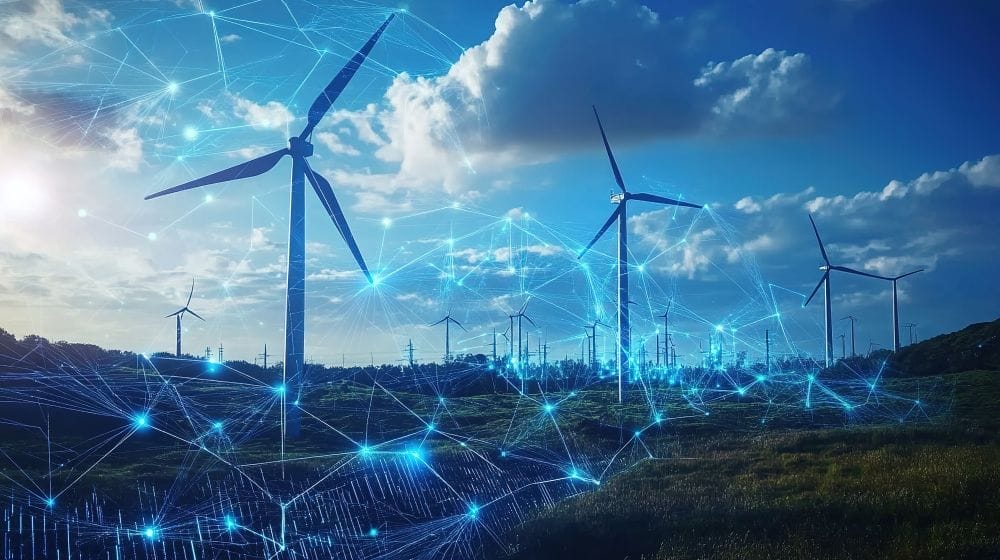How Weather Impacts Energy Trading and Tools to Help Mitigate Risk
In the dynamic world of global energy trading, where supply and demand are constantly fluctuating, weather plays a pivotal role in shaping market trends and influencing trading decisions. From sunny days affecting solar power production to storms disrupting wind farm production, the interplay between weather and energy sources is undeniable. In this blog post, we’ll delve into the intricacies of the energy trading industry, explore how different weather events impact renewable energy sources and trading decisions, and discuss the role of advanced technologies in mitigating weather-related risks for energy traders.

Overview of the Energy Trading Industry
Energy trading involves buying, selling, and speculating on energy products, including electricity, natural gas, and crude oil, among others. The market operates on a global scale, with participants ranging from energy producers and suppliers to utilities and financial institutions. Factors such as supply and demand dynamics, geopolitical events, and regulatory policies influence price movements, making energy trading a complex and volatile domain.
Impact of Weather on Energy Sources and Trading Decisions
Weather exerts a profound influence on various energy sources, like renewables, affecting both production and consumption patterns. Here’s a brief overview of how different weather events can impact energy trading:
Solar Energy
Cloudy days reduce solar irradiance, leading to decreased electricity generation from solar panels. Energy traders must account for these fluctuations in solar output when predicting supply and demand dynamics.

The duration of daylight directly affects solar energy production, with longer daylight hours resulting in increased generation capacity. Seasonal variations in daylight hours impact trading strategies, particularly in regions with significant reliance on solar energy.
Weather events can also have a much more severe impact on solar energy production. Heavy snow accumulation can prevent sunlight from reaching solar panels, significantly reducing energy output. Hailstorms can also cause physical damage to solar panels, affecting their performance and requiring maintenance or replacement.
Wind Energy
Turbine performance is closely linked to wind speed and direction. Strong, consistent winds enhance energy production, while calm conditions limit output. Turbine production can also be impacted by wind shear, which is the variation of wind speed and direction with altitude. High levels of wind shear can cause turbulence in the atmosphere, which may lead to stress on wind turbine components and reduce the efficiency of energy generation. Additionally, extreme wind shear conditions can pose safety risks for wind turbines and necessitate shutdowns for maintenance or repairs. Energy traders monitor wind forecasts to anticipate changes in wind energy generation and adjust trading strategies accordingly.

Severe weather events, such as hurricanes, thunderstorms, and high winds, can damage wind infrastructure, leading to disruptions in energy supply and price volatility in energy markets. Traders must assess the potential impact of severe weather events on wind farms and factor this into their risk management strategies.
Hydroelectric Power
Rainfall and snowmelt influence water levels in reservoirs, which in turn affect hydroelectric power generation. Droughts reduce water availability, leading to decreased output from hydroelectric plants, while heavy rainfall can increase generation capacity but may also pose risks of flooding.

Seasonal changes in precipitation patterns and water availability also impact the long-term outlook for hydroelectric power generation. Energy traders consider seasonal forecasts when assessing the potential for hydroelectric energy production and its impact on market dynamics.
Natural Gas and Heating Demand
Cold weather drives up heating demand, particularly in regions reliant on natural gas for heating purposes. Energy traders closely monitor temperature forecasts to anticipate changes in gas consumption and adjust trading strategies accordingly.

Heating demand exhibits seasonal variations, with peak demand occurring during winter months. Energy traders factor seasonal demand patterns into their trading strategies and adjust positions accordingly to capitalize on market opportunities.
Extreme Events
Hurricanes, heatwaves, and polar vortexes can disrupt energy infrastructure, disrupt supply chains, and cause price spikes in energy markets. Timely and accurate weather forecasting is essential for energy traders to mitigate risks associated with these events and implement appropriate risk management strategies to protect their portfolios.

Role of Advanced Technologies in Mitigating Weather-Related Risks
To effectively manage weather-related risks, energy traders are increasingly turning to advanced weather forecasting technologies.
Unique Weather Observation Data
Access to diverse weather observation data from radars, satellites, drones, and ground-based sensors allows for more accurate weather forecasting and risk assessment. Energy traders leverage unique weather observation data to identify emerging weather patterns and make informed trading decisions in volatile energy markets.
Climavision sources unique, high resolution observational datasets that are assimilated into our models to produce better forecasts. Through our meticulous data processing and rigorous quality control measures, we elevate the usable observational data to over 20%, a stark contrast to the mere 3% provided by government sources.
Advanced Numerical Weather Prediction (NWP) Models
High-resolution NWP models leverage complex algorithms and vast computing power to simulate atmospheric processes with greater precision, providing more reliable weather forecasts for energy trading purposes. Advanced NWPs enable energy traders to better anticipate weather-related risks and optimize their trading strategies to capitalize on market opportunities.
At Climavision, we push the boundaries of forecasting by crafting our own advanced Numerical Weather Prediction (NWP) Models, meticulously calibrated to account for the evolving landscape of extreme weather patterns in our changing atmosphere. Our Horizon AI weather forecasting product suite encompassing Horizon AI Global, HIRES, Point and Subseasonal to Seasonal models. From high resolution short-term forecasts to probabilistic longer term global outlooks, Climavision can arm your organization with the most accurate weather information you need to protect assets.
Integration of AI in Weather Forecasting
Machine learning algorithms analyze vast amounts of weather data to identify patterns, trends, and anomalies, enhancing the accuracy of weather forecasts and enabling energy traders to make more informed decisions in volatile markets. The integration of AI in weather forecasting improves the reliability of weather predictions and enables energy traders to effectively mitigate weather-related risks in energy trading.
Climavision’s AI and computational capabilities enable us to assimilate vast amounts of data and tailor our Horizon AI NWP model forecasts to precisely match your unique use cases.
Trade in Confidence with the Most Accurate Weather Data
In the energy trading industry, where uncertainty is constant and market dynamics are influenced by a myriad of factors, weather remains a key driver of supply and demand patterns. By leveraging advanced technologies such as better radar coverage, unique weather observation data, advanced NWPs, and AI-driven forecasting models, energy traders can effectively mitigate weather-related risks and capitalize on opportunities in the ever-changing energy markets. As the industry continues to evolve, staying ahead of the weather will remain an essential profitability driver. Confident decision making relies on having the whole weather data picture. This means energy traders need both hyper-localized and global weather data that they can rely on. If you’d like to learn how Climavision’s advancements in hyper-localized and global weather forecasting can help you, contact us.




